What is Headcount Reporting? A Complete Guide for Employers
HR Lineup
OCTOBER 2, 2024
This data enables employers to make strategic decisions around hiring, budgeting, and workforce planning. We’ll delve into how it helps optimize HR operations, streamline workforce planning , and support compliance requirements. What is Headcount Reporting?














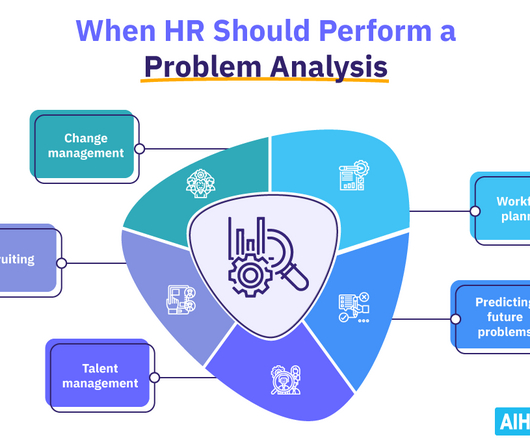
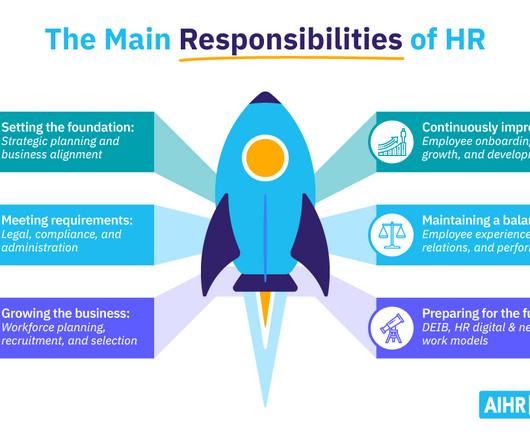

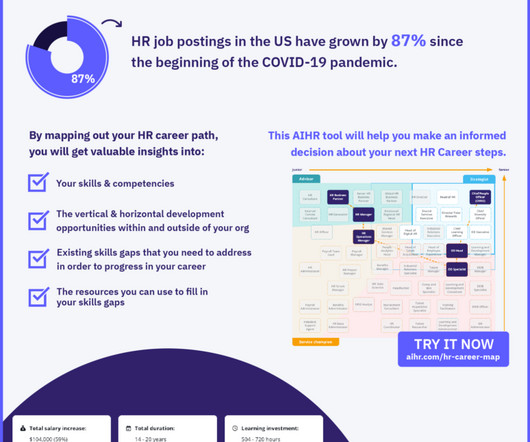



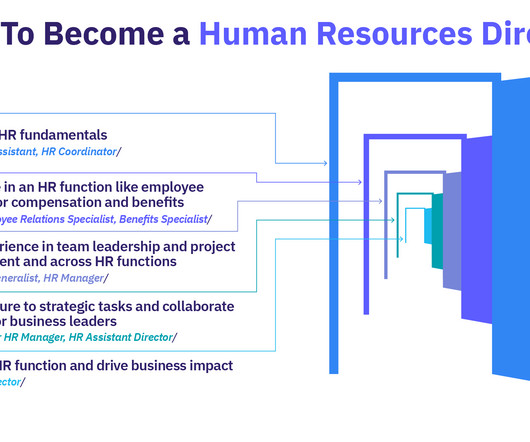













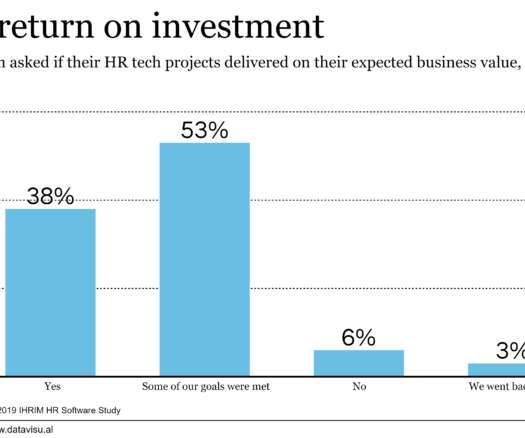



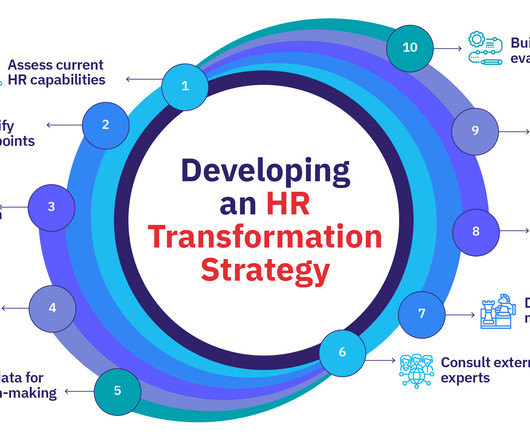















Let's personalize your content